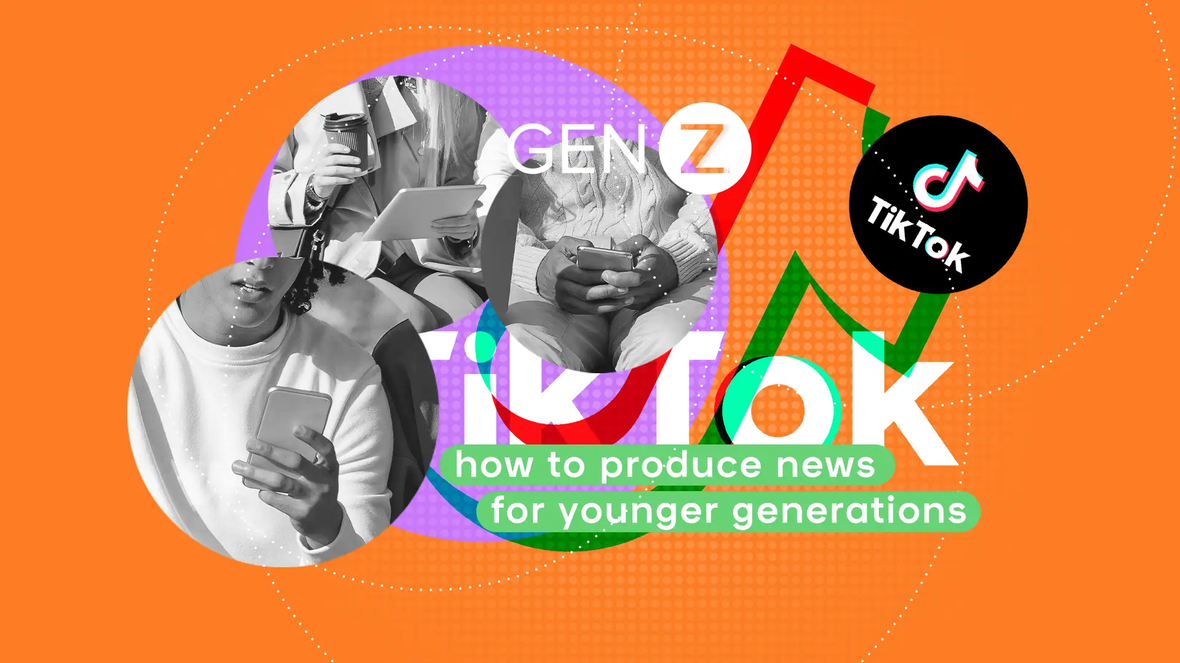When it comes to news, young generations, and especially Gen Z (those born between 1997 and 2012) are hard to reach. Or, to be more specific, they’re hard to reach via news apps, news sites and television broadcasting. We know they don’t consume news in traditional ways, and the much-documented decline in trust in media and institutions doesn’t help much either.
But, that’s not to say they’re socially disengaged. It’s also a fact that this is a highly politicised generation (think Black Lives Matter, LGBTQ+, and climate change campaigning for starters), and although there’s a good chance the young generation won’t have a Times digital subscription and may even avoid Facebook like the plague, they will certainly be online, probably right at this very second. But where?
There is a social media platform which has 1 billion users, of whom 47.4% are between 10 and 29 years old. So, it’s a true Gen Z media platform. Here, an average user spends approximately 52 minutes a day on that platform, where much of the content they’re viewing is user-generated and all of it is video-based.
Yup: you’ve guessed it, we’re talking about the Chinese tech phenomenon, TikTok.


